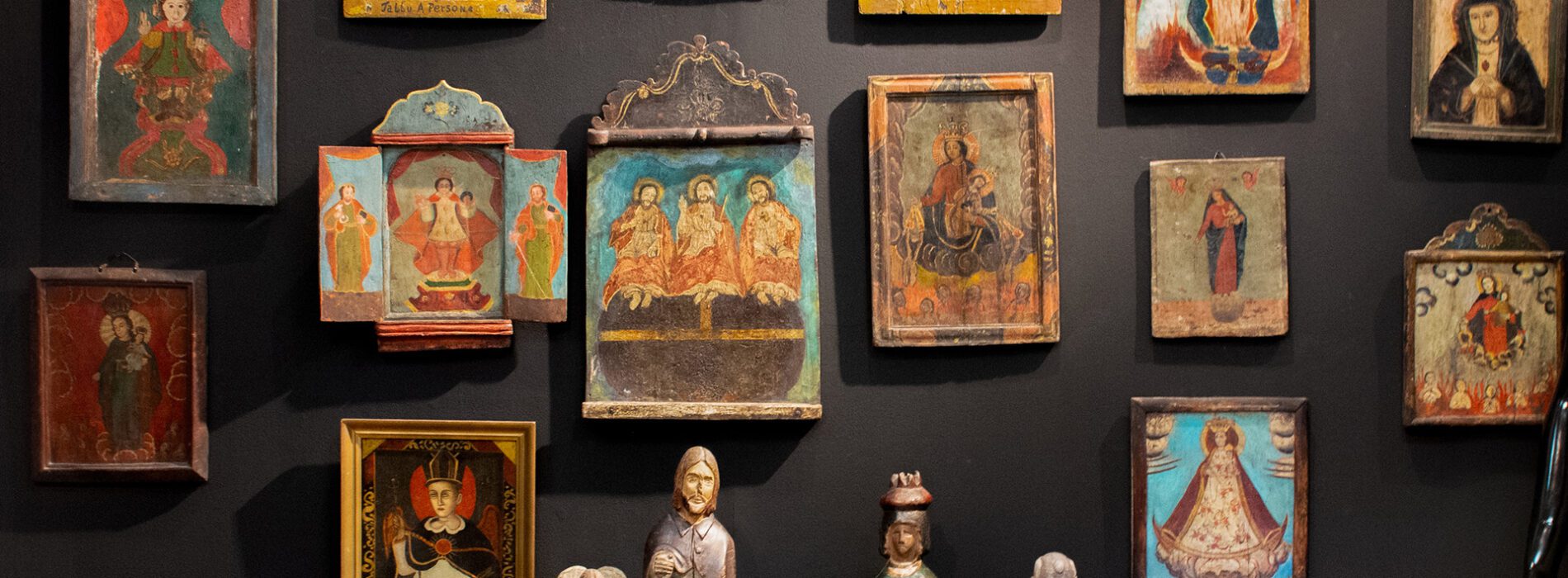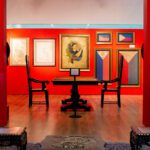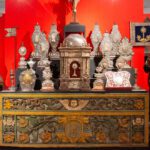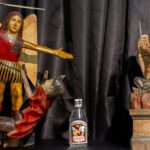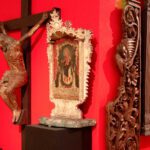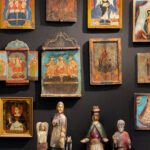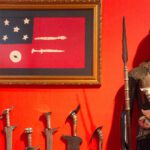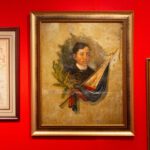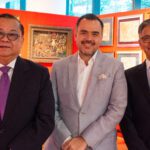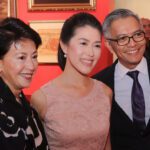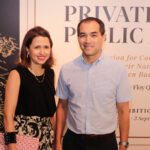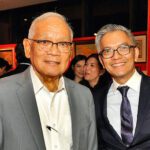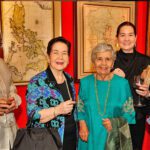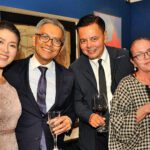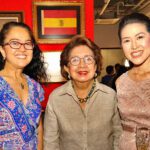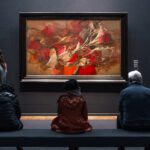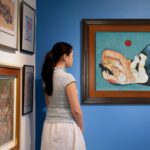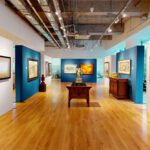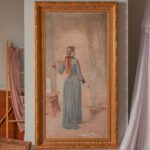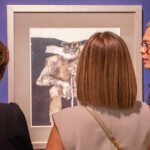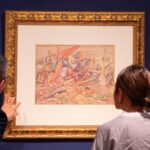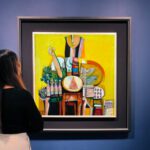Curatorial Statement by Floy Quintos
The objects featured in the special exhibition showcase the range of interests that captured the imagination of Edwin Bautista, and his wife, Aileen.
Edwin is renowned in the world of finance as a banker and economist, but his love of history has steered his passion for collecting. His wife Aileen made the decision some years ago to move from the corporate world, where she was an executive of one of the largest Philippine Insurance companies, to the academe. She is currently a professor in De la Salle-St. Benilde and Asia Pacific College.
Together, they have formed an extensive collection that covers a range of material. Aileen, in her husband’s words, “used to dread my bringing home another old object.” It was the legendary dealer Kit Roxas, who started Aileen on the collecting trail after she showed her a superb gold tamborin necklace. That first purchase (undoubtedly encouraged by Edwin) soon grew into a fine collection of pre-hispanic and colonial jewelry.
Edwin likes to say that theirs is a “His and Hers collection”, and that mutual respect and encouragement has replaced Aileen’s dread and anxiety. “We now realize our separate passions complement each other,” he says. But while his wife has taken a very specialized path, his tastes are more varied and eclectic. Now, how do these objects link to one another in an unfolding narrative of our ongoing search for Nationhood? This exhibition seeks to answer that very question, while also showing how the individual pieces reflect the changing Filipino psyche.
The range of Edwin Bautista’s collecting interests encompasses the traditional fields of decorative arts already well-explored by Filipino collectors from the last half of the 20th century. These range from rare maps, trade porcelain, master paintings, and important examples of ecclesiastical arts. Along with Aileen’s colonial jewelry, his collection shows the escalating degrees of hyper-refinement and social status prevalent in the decorative arts of 18th and 19th century colonial Philippines.
But there is another dimension to the collection that gives a deeper meaning and resonance to the narrative of an evolving nationhood. Edwin has ventured into lesser known fields with the same passion he has shown for the established art forms and has spurred renewed scholarship into these less studied areas of Filipiniana. His comprehensive collection of indigenous weapons from lowland Luzon, the Visayas and the Islamic peoples of Mindanao was donated to the Museo ng Kaalamang Filipino, and are now the subject of a hefty and handsome scholarly publication, “A Warrior’s Armament and Ornament”.
Would other institutions be as open to the study and publication of the anting-anting, the talismanic amulets, that have also captured Bautista’s imagination. The myriad symbolisms and motifs that animate these amulets in brass, paper, textile, sacred wood and natural materials speak of a hidden universe of folk belief and syncretic spirituality. Far from just “lucky charms” ridiculed and trivialized in pop culture, the Anting-anting are products of a nativist resistance , a secret language of the oppressed and the downtrodden . Bautista’s collection is the largest in the country , with examples from the peoples of Luzon ,the Visayas and Islamic Mindanao.
Bautista’s keen interest in Folk spirituality furthered his growing assembly of folk santos . His specific interests are the types known as “Mamarachos”/Grotesqueries and “Imagenes Repulsivas” from the late 19th to the mid 20th century. These dramatic and powerful reinterpretations of Catholic iconography were carved by unschooled artisans working outside of established ateliers and workshops that produced the more commonly known folk types so coveted by santo collectors. Bautista’s small collection is a visual delight, an exploration of forms that show how the Catholic God and the saints were perceived by artisans who dared to re-imagine the Divine.
His interest in the Revolution of 1898 and in the subsequent Fil-American war has resulted in a collection of flags, talismanic weapons, memorabilia taken as trophies of war by American soldiers from embattled Filipino insurrectos as well as from Islamic juramentado. This collection, which makes up the last part of the exhibition, is perhaps the most enigmatic and poignant . These objects Bautista himself searched for and acquired from the descendants of American soldiers who fought in the Fil-American war. In these captured flags, these inscribed blades and documents, we see objects that are both instruments of resistance as well as the trophies of brutal colonialism. The double meaning inherent in these objects cannot escape anyone who views this part of the collection. In this under-appreciated area of collecting, Bautista’s collection is testament to an aborted birthing of not one, but two nations. Our own Pilipinas , as well as the Bangsa Moro.
When these objects of varied types are shown “in conversation” with one another, narratives and continuums are formed. In the end, more than the objects themselves, it is the narratives they offer that fascinate both Edwin and Aileen . These narratives explore moments of our history and facets of our battered yet evolving psyches. It is in the stories these objects tell, that the range of Edwin and Aileen’s interests are best explored.
